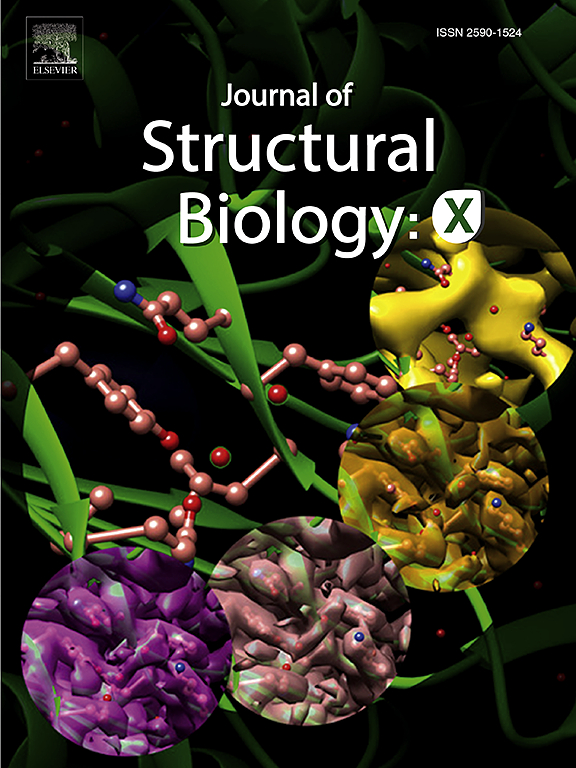CryoSamba: Self-supervised deep volumetric denoising for cryo-electron tomography data
IF 2.7
3区 生物学
Q3 BIOCHEMISTRY & MOLECULAR BIOLOGY
引用次数: 0
Abstract
Cryogenic electron tomography (cryo-ET) has rapidly advanced as a high-resolution imaging tool for visualizing subcellular structures in 3D with molecular detail. Direct image inspection remains challenging due to inherent low signal-to-noise ratios (SNR). We introduce CryoSamba, a self-supervised deep learning-based model designed for denoising cryo-ET images. CryoSamba enhances single consecutive 2D planes in tomograms by averaging motion-compensated nearby planes through deep learning interpolation, effectively mimicking increased exposure. This approach amplifies coherent signals and reduces high-frequency noise, substantially improving tomogram contrast and SNR. CryoSamba operates on 3D volumes without needing pre-recorded images, synthetic data, labels or annotations, noise models, or paired volumes. CryoSamba suppresses high-frequency information less aggressively than do existing cryo-ET denoising methods, while retaining real information, as shown both by visual inspection and by Fourier Shell Correlation (FSC) analysis of icosahedrally symmetric virus particles. Thus, CryoSamba enhances the analytical pipeline for direct 3D tomogram visual interpretation.

CryoSamba:用于低温电子断层成像数据的自监督深度体积去噪。
低温电子断层扫描(cryo-ET)已经迅速发展成为一种高分辨率的成像工具,用于可视化三维亚细胞结构的分子细节。由于固有的低信噪比(SNR),直接图像检测仍然具有挑战性。我们介绍了CryoSamba,一种基于自监督深度学习的模型,用于去噪冷冻et图像。CryoSamba通过深度学习插值平均运动补偿附近的平面,有效地模拟增加的暴露,从而增强层析图中的单个连续二维平面。这种方法放大了相干信号,降低了高频噪声,大大提高了层析成像的对比度和信噪比。CryoSamba在3D体积上运行,不需要预先录制的图像、合成数据、标签或注释、噪声模型或配对体积。CryoSamba对高频信息的抑制比现有的cryo-ET去噪方法要弱,同时保留了真实信息,这一点通过对二十面体对称病毒颗粒的目视检查和傅里叶壳相关(FSC)分析都可以看出。因此,CryoSamba增强了直接3D层析成像视觉解释的分析管道。
本文章由计算机程序翻译,如有差异,请以英文原文为准。
求助全文
约1分钟内获得全文
求助全文
来源期刊

Journal of structural biology
生物-生化与分子生物学
CiteScore
6.30
自引率
3.30%
发文量
88
审稿时长
65 days
期刊介绍:
Journal of Structural Biology (JSB) has an open access mirror journal, the Journal of Structural Biology: X (JSBX), sharing the same aims and scope, editorial team, submission system and rigorous peer review. Since both journals share the same editorial system, you may submit your manuscript via either journal homepage. You will be prompted during submission (and revision) to choose in which to publish your article. The editors and reviewers are not aware of the choice you made until the article has been published online. JSB and JSBX publish papers dealing with the structural analysis of living material at every level of organization by all methods that lead to an understanding of biological function in terms of molecular and supermolecular structure.
Techniques covered include:
• Light microscopy including confocal microscopy
• All types of electron microscopy
• X-ray diffraction
• Nuclear magnetic resonance
• Scanning force microscopy, scanning probe microscopy, and tunneling microscopy
• Digital image processing
• Computational insights into structure
 求助内容:
求助内容: 应助结果提醒方式:
应助结果提醒方式:


